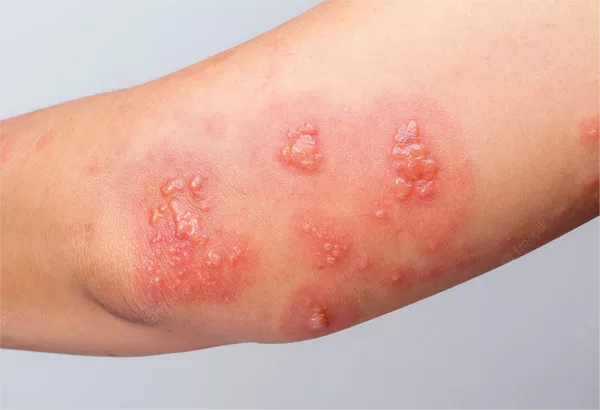Psoriasis is a chronic inflammatory skin condition characterized by red, scaly patches on the skin’s surface. While it often presents as a long-term condition, certain situations may require urgent management of acute flare-ups. Acute psoriasis episodes can be distressing for patients due to their sudden onset and potential impact on quality of life. In this article, we will explore the most effective strategies for managing acute psoriasis to achieve rapid relief and long-term control.
Understanding Acute Psoriasis
Psoriasis is a complex immune-mediated disorder involving dysregulation of the immune system and accelerated skin cell turnover. Acute exacerbations, or flares, can be triggered by various factors such as stress, infections, medications, or changes in weather. The hallmark symptoms include red, inflamed patches covered with silvery scales, often accompanied by itching or discomfort. In acute episodes, these symptoms can worsen rapidly, requiring prompt intervention.
Goals of Acute Psoriasis Treatment
The primary objectives of treating acute psoriasis are to alleviate symptoms quickly, reduce inflammation, and prevent further progression. Additionally, interventions aim to restore skin barrier function, manage associated discomfort, and prevent complications like secondary infections. Treatment approaches can vary depending on the severity of the flare and the patient’s overall health.
Topical Therapies
For mild to moderate acute psoriasis, topical treatments are often the first-line approach. Corticosteroids remain a cornerstone of topical therapy due to their potent anti-inflammatory effects. High-potency corticosteroids are typically used for short durations on thicker plaques, while lower-potency options are suitable for sensitive areas or longer-term maintenance.
In addition to corticosteroids, vitamin D analogs like calcipotriene can be used alone or in combination with corticosteroids to enhance efficacy and minimize side effects. Other topical agents such as coal tar, anthralin, and tazarotene can also be considered based on individual response and tolerability.
Phototherapy
Phototherapy, or light therapy, is another effective treatment modality for acute psoriasis. Ultraviolet (UV) light, particularly UVB and PUVA (psoralen plus UVA), can slow down abnormal skin cell growth and reduce inflammation. Phototherapy is often recommended for patients with widespread or resistant psoriasis flares. However, caution must be exercised to minimize the risk of skin damage and increase the risk of skin cancer with long-term use.
Systemic Medications
In severe cases or when topical and light therapies are inadequate, systemic medications may be necessary for acute psoriasis management. Oral medications such as methotrexate, cyclosporine, and acitretin are reserved for short-term use due to potential side effects and the need for close monitoring.
Biologic agents represent a newer class of systemic therapies that target specific components of the immune system involved in psoriasis pathogenesis. Drugs like TNF-alpha inhibitors (e.g., etanercept, adalimumab) and IL-17 inhibitors (e.g., secukinumab, ixekizumab) have revolutionized psoriasis treatment by providing rapid and sustained relief for acute flares with favorable safety profiles.
Combination Therapy
Combining different treatment modalities can enhance efficacy and reduce adverse effects in acute psoriasis. For example, combining topical corticosteroids with vitamin D analogs (calcipotriene) or phototherapy can achieve synergistic effects while minimizing individual treatment drawbacks.
Patient Education and Lifestyle Modifications
Alongside medical interventions, patient education plays a crucial role in managing acute psoriasis. Educating patients about triggers, proper skincare routines, and lifestyle modifications (e.g., stress reduction, smoking cessation) can empower individuals to manage their condition effectively and prevent future exacerbations.
Monitoring and Follow-Up
Regular monitoring and follow-up are essential components of acute psoriasis management. Patients should be evaluated for treatment response, side effects, and complications. Adjustments in therapy may be necessary based on individual responses and disease progression.
Conclusion
In summary, the treatment of acute psoriasis requires a comprehensive approach tailored to the severity and characteristics of the flare. Rapid relief of symptoms, reduction of inflammation, and prevention of complications are paramount. Therapeutic strategies encompass topical therapies, phototherapy, systemic medications, combination therapies, patient education, and lifestyle modifications. With appropriate interventions and ongoing management, acute psoriasis can be effectively controlled, improving the quality of life for affected individuals. Effective collaboration between patients and healthcare providers is vital for achieving optimal outcomes in the management of acute psoriasis episodes.
Related Topics:


























